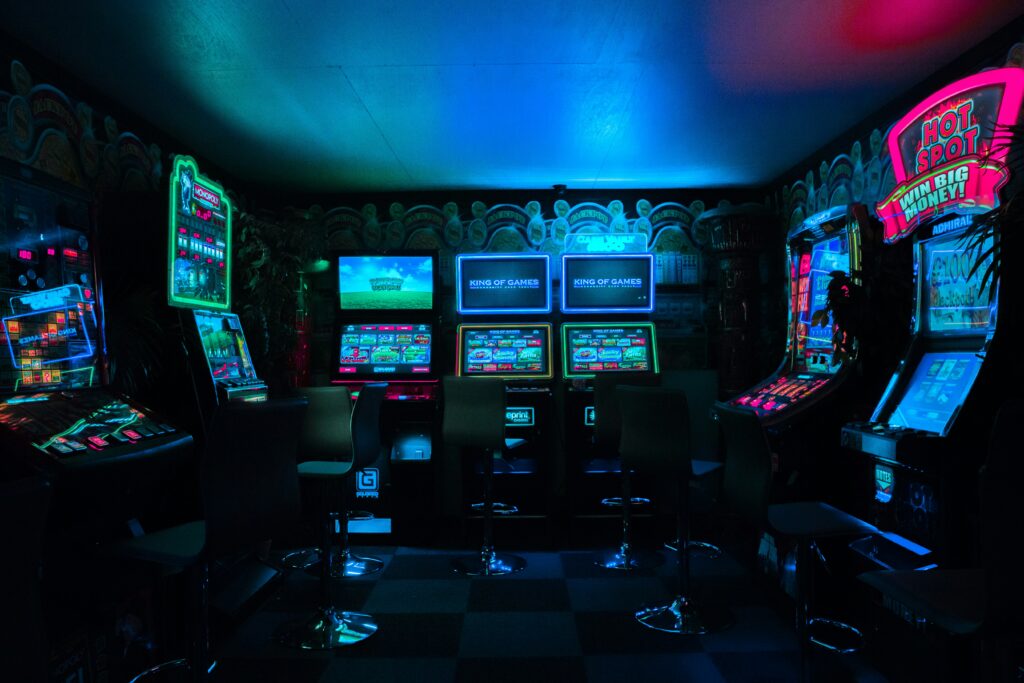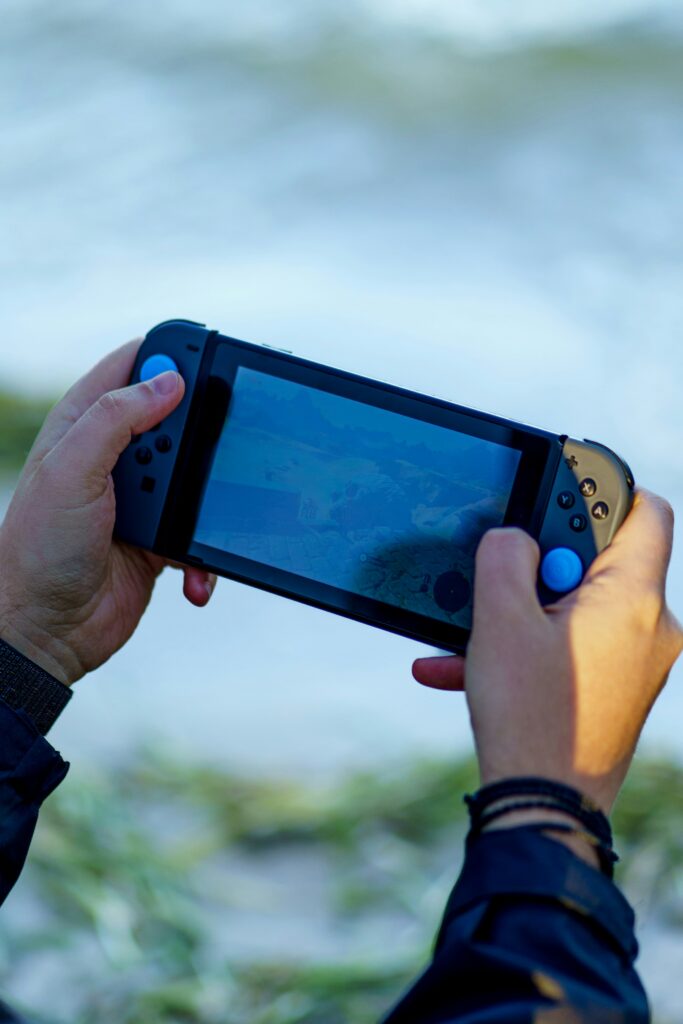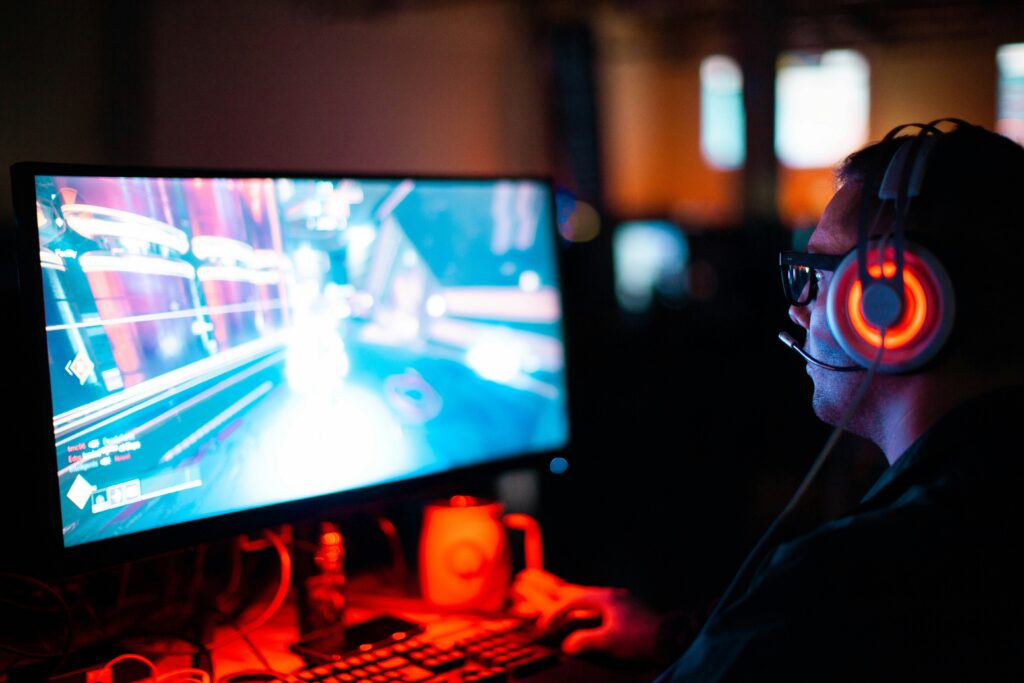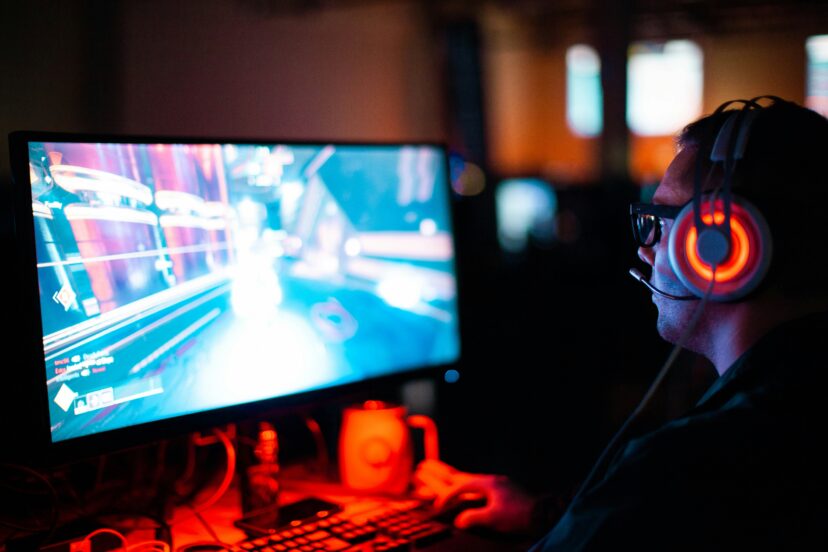Best Practices for Developing Multiplayer Games
Hey team! In our ever-evolving world of gaming, crafting a multiplayer experience that stands out takes more than just great graphics and compelling gameplay; it demands a robust foundation of best practices. In “Best Practices for Developing Multiplayer Games,” we explore the essential techniques that will help us navigate the complexities of coding, server management, and user engagement to create seamless, enjoyable experiences for players. From ensuring efficient communication between clients and servers to designing balanced gameplay that keeps everyone hooked, we’ll cover all the crucial steps that make a multiplayer game not just good, but phenomenal. Let’s dive in and level up our game development skills together! Have you ever wondered what it takes to develop a successful multiplayer game? In today’s gaming industry, multiplayer games have emerged as a staple, captivating players with their immersive experiences and interactive gameplay. Creating these games, however, is no easy feat. It requires a blend of technical skill, creative design, and meticulous planning. As we delve into the best practices for developing multiplayer games, we’ll explore key aspects ranging from game design principles to backend infrastructure. So, whether you’re a seasoned developer or just getting started, let’s embark on this journey together.
Understanding Multiplayer Game Development
Before we dive into the nitty-gritty, it’s important to understand what multiplayer game development involves. Unlike single-player games, multiplayer games connect multiple players in real time, which demands robust networking infrastructure, effective synchronization, and strong community management.
Types of Multiplayer Games
Multiplayer games come in various forms. Recognizing these categories can help us design and develop more effectively.
| Type | Description | Examples |
|---|---|---|
| Cooperative | Players work together to achieve common goals. | Left 4 Dead, Borderlands |
| Competitive | Players compete against each other, often in a zero-sum game environment. | Fortnite, Call of Duty |
| Massively Multiplayer | Features a large number of players in a single environment, often persistent worlds. | World of Warcraft, EVE Online |
| Local Multiplayer | Multiple players play on the same device or local network. | Overcooked, Mario Kart |
Game Design Principles
Great games start with great design. This applies to multiplayer games, where the design must cater to multiple players with varying experiences and expectations.
Clear Objectives and Rules
Players need to know what they’re aiming for and how to get there. Objectives and rules should be clear, concise, and easily understood. This helps ensure that all players are on the same page and can enjoy the game equally.
Balance and Fairness
Balancing a multiplayer game means ensuring that no particular strategy or player has an overwhelming advantage. This can be particularly challenging as player strategies evolve, but it is critical for maintaining an enjoyable experience. Regular updates and community feedback incorporation are key practices.
Replay Value
To keep players coming back, a multiplayer game must offer sustained engagement through features like levels, achievements, and unlockable content. Designing varied and dynamic gameplay elements can contribute significantly to a game’s replayability.
Social Features
Effective social features such as friend lists, team creation, and communication tools can enhance the multiplayer experience by fostering a sense of community and belonging.

Technical Aspects
Multiplayer games rely heavily on a solid technical foundation. This includes not only the game code but also the underlying architecture that supports multiplayer interactions.
Networking Architecture
Choosing the right networking architecture is paramount. The most common types are:
| Architecture | Description |
|---|---|
| Peer-to-Peer | Each player’s device communicates directly with others. |
| Client-Server | Players connect to a central server which processes the game data. |
| Hybrid | Combines elements of both P2P and Client-Server. |
Each has its pros and cons, but the client-server model is often preferred for its reliability and control.
Latency and Lag
Latency and lag can ruin the multiplayer experience. Ensuring low latency through optimized code, efficient data handling, and robust network infrastructure is essential. Techniques such as client-side prediction and lag compensation can help mitigate these issues.
Scalability
Your game must be able to handle a growing number of players without performance degradation. Scalability can be achieved through cloud services, load balancing, and efficient database management.
Security
Security is crucial in multiplayer environments. Implementing measures such as data encryption, secure connections, and continuous monitoring can protect against hacking and cheating.
Development Workflow
Creating a multiplayer game is a complex project that requires efficient practices and workflows. We’ll explore some best practices here.
Version Control
Using a version control system like Git ensures that all changes are tracked, and multiple developers can work simultaneously without conflicts. This is particularly vital in a collaborative environment.
Continuous Integration and Deployment
Implementing Continuous Integration (CI) and Continuous Deployment (CD) pipelines can help automate the testing and deployment process, ensuring that new features and updates are rolled out smoothly and reliably.
Prototyping and Testing
Prototyping allows us to quickly iterate on game ideas and mechanics. Testing, both automated and manual, helps identify issues early in the development process.
Feedback Loops
Regularly collecting and analyzing feedback from testers and players can provide invaluable insights and help guide the development process. Early and frequent playtesting is a key element of successful game development.
Documentation
Comprehensive documentation ensures that all team members are on the same page and that new developers can quickly get up to speed. It includes code comments, user guides, and design docs.

Community Management
A strong community can be one of the most valuable assets for a multiplayer game. Here’s how to build and manage it effectively.
Building a Community
Creating a welcoming environment where players feel heard and valued is crucial. This can include active forums, social media channels, and in-game social features.
Moderation
Effective moderation helps maintain a positive and respectful community atmosphere. Setting clear community guidelines and enforcing them consistently is key to preventing toxicity.
Engagement
Keeping the community engaged through regular updates, events, and interactions can foster loyalty and excitement. Listening to community feedback and involving players in the development process can build tighter community bonds.
Post-Launch Support
Launching the game is just the beginning. Continuous support and improvements are vital for keeping the player base satisfied.
Patches and Updates
Regular patches and updates are necessary to fix bugs, address balance issues, and add new content. Transparent communication about updates can manage player expectations.
Customer Support
Providing robust customer support helps resolve player issues promptly, improving their overall experience. An effective support system can include FAQs, forums, and direct support channels.
Analytics and Monitoring
Utilizing analytics helps us understand player behavior and identify potential issues. Monitoring tools can track server performance, player engagement, and in-game events, providing data for informed decision-making.

Conclusion
Developing a multiplayer game is a multifaceted endeavor that requires attention to both technical and social aspects. By following best practices in game design, technical development, community management, and post-launch support, we can create engaging and successful multiplayer experiences.
So whether you’re just starting out or looking to refine your existing practices, these insights should serve as a valuable guide on your journey to developing a remarkable multiplayer game. Have any questions or additional tips? Let’s discuss and learn together!




